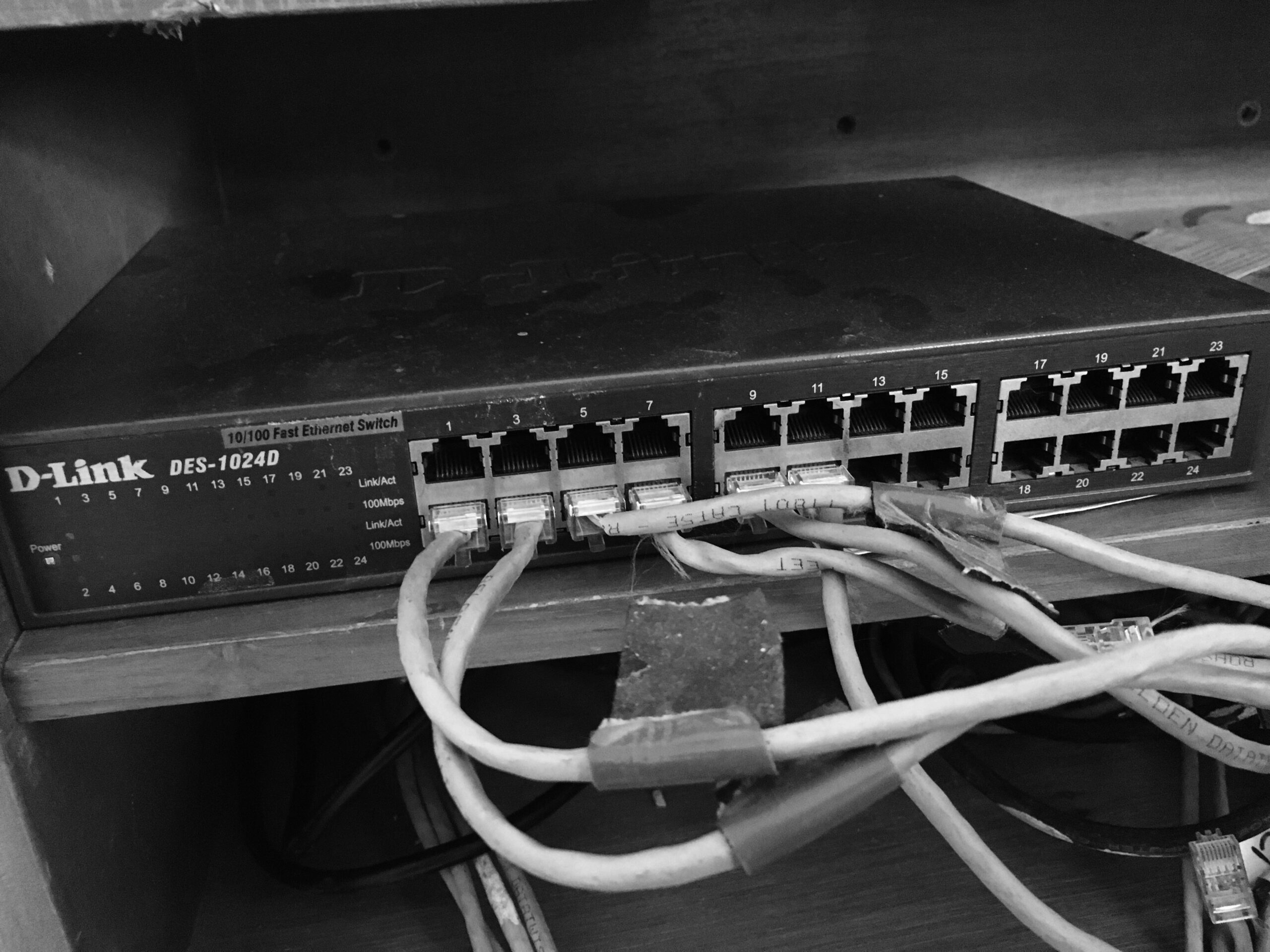Hacker groups have become increasingly sophisticated when it comes to their malicious activities. According to recent reports, one such group is now incorporating DNS hijacking into its campaigns – a dangerous cyberattack technique that can expose individuals and organizations to serious information security risks.
DNS hijacking is a type of cyberattack in which a hacker reroutes internet users to malicious websites by taking control of a domain name server (DNS). This can be done through a variety of methods, such as infecting bots or by exploiting misconfigured router settings. Once the hacker has control of the DNS, they can redirect internet users to malicious websites of their choice.
As part of their website campaign, the hackers have been using DNS hijacking to plant malware on unwitting victims’ computers. The malware allows them to access, steal and manipulate data or to gain unauthorized access to the user’s system. Furthermore, the hackers can also use DNS hijacking to launch phishing campaigns or serve malicious advertisements.
The risks posed by DNS hijacking are therefore significant. However, there are measures that individuals and organizations can take to protect themselves. Ensuring that routers and other internet-connected devices are adequately configured and up-to-date is essential. Additionally, users should also take additional security measures such as installing two-factor authentication, keeping anti-virus software up-to-date, and verifying website URLs before opening suspicious links.
It is clear that DNS hijacking is a serious cyberthreat that must be taken seriously. With hackers scaling up their activities and becoming more sophisticated in their methods, individuals and organizations need to make sure that they have taken sufficient security measures to stay safe. Otherwise, the consequences could be dire.
Hey Subscribe to our newsletter for more articles like this directly to your email.
